How Amazon Splits Shipments
Amazon splits FBA Inbound shipments in order to optimize the supply chain and bring products closer to customers. Unfortunately, this doesn’t prevent products from being moved multiple times after they are received at the first warehouse.
Shipment splits happen based on the mix of products that are shipped together. Many warehouses in the distribution network can process only certain types of products. Typically, products are split based on their FBA size tier but not always. Standard size products often go to an IDX or distribution center. Non-standard sizes, e.g. oversize products mostly go to specific oversize warehouses. Hazmat and flammable products have their own warehouses, as do shoes and jewelry.

Adding to this complexity, the Selling Partner API (SP-API) automatically splits seller label and no label products into separate shipments, even when the destination is the same. Seller label products have an FNSKU that begins with X0, while no label inventory has an FNSKU === ASIN and starts with B0. Seller label inventory is created automatically when your FBA Label prep type is set to Amazon barcode.


Recommended Inbound Settings
All of these factors, and the current geographic demand for the products, drive the dynamic algorithm for how Amazon splits inbound FBA shipments. Depending on your FBA Inbound Placement Setting, items will be routed to between 2 and 6 destinations for each product type. In order to optimize shipments in ScanPower, we recommend you set your FBA Inbound Placement settings to Amazon Optimized. No placement fees are charged when Amazon Optimized is selected.
ScanPower Shipping Plans
Each time items are added to your batch, ScanPower will update the shipping plan and display the most recent destination fulfillment center (FC) splits. If you see more than 6 shipment destinations, it likely means there are product types that must ship to separate fulfillment centers.

Selecting a shipment plan destination will automatically filter the batch by that destination:
We recommend selecting All when optimizing so that all items are included.
Manipulating ScanPower Batches
You can Sort the batch by Created date, Category, Size Tier, and Storage Type in ascending (default) or descending order.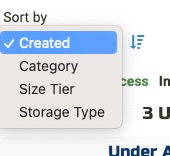
Click the Filter by drop-down to filter the batch. When you filter a batch, only the filtered items are considered for the shipping plan. You can filter by the following:

It is also easy to Copy or Move items to and from ScanPower batches. The article on moving and copying describes the feature in more detail: Moving and Copying batch items
Forcing case-packed
If your shipment contains quantities less than 150 units per MSKU, you can try forcing case-packed quantity for the batch items, which often limits the shipment destinations to 1 or 2. Click the Edit wand on the batch and turn On Case-Packed:
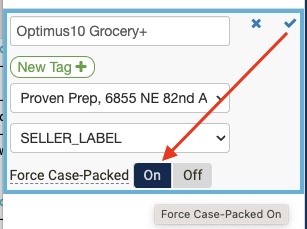
When Force Case-Packed is ON, you should also turn on the Prep & Ship Packing setting "Case-Packed Across Boxes"
Optimizing shipments to a single destination
The optimize the shipment destination for a single destination, click on the lightning bolt button next to the destination FC:
ScanPower will make adjustments to the shipment batch and try to guide items into a single destination. 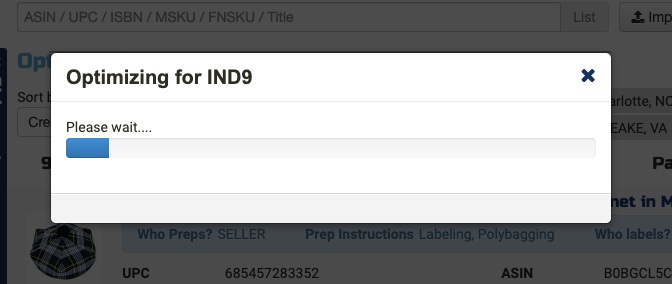
Fully Optimized batchesWhen all quantity of all batch items (SKUs) can go to the chosen destination FC, the shipment preview dialog will show "Optimized Shipment Plan..." Click OK to create the shipment to that destination FC.


Partially Optimized batches
When ScanPower can optimize some of the MSKUs you will see a Partially Optimized shipment preview dialog.
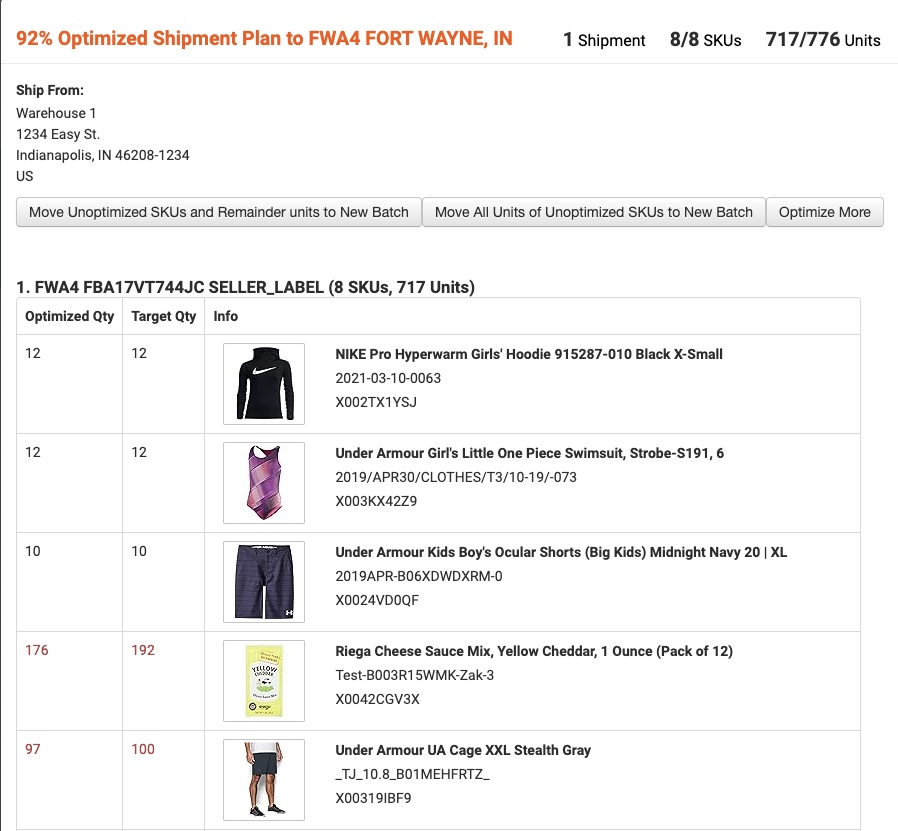
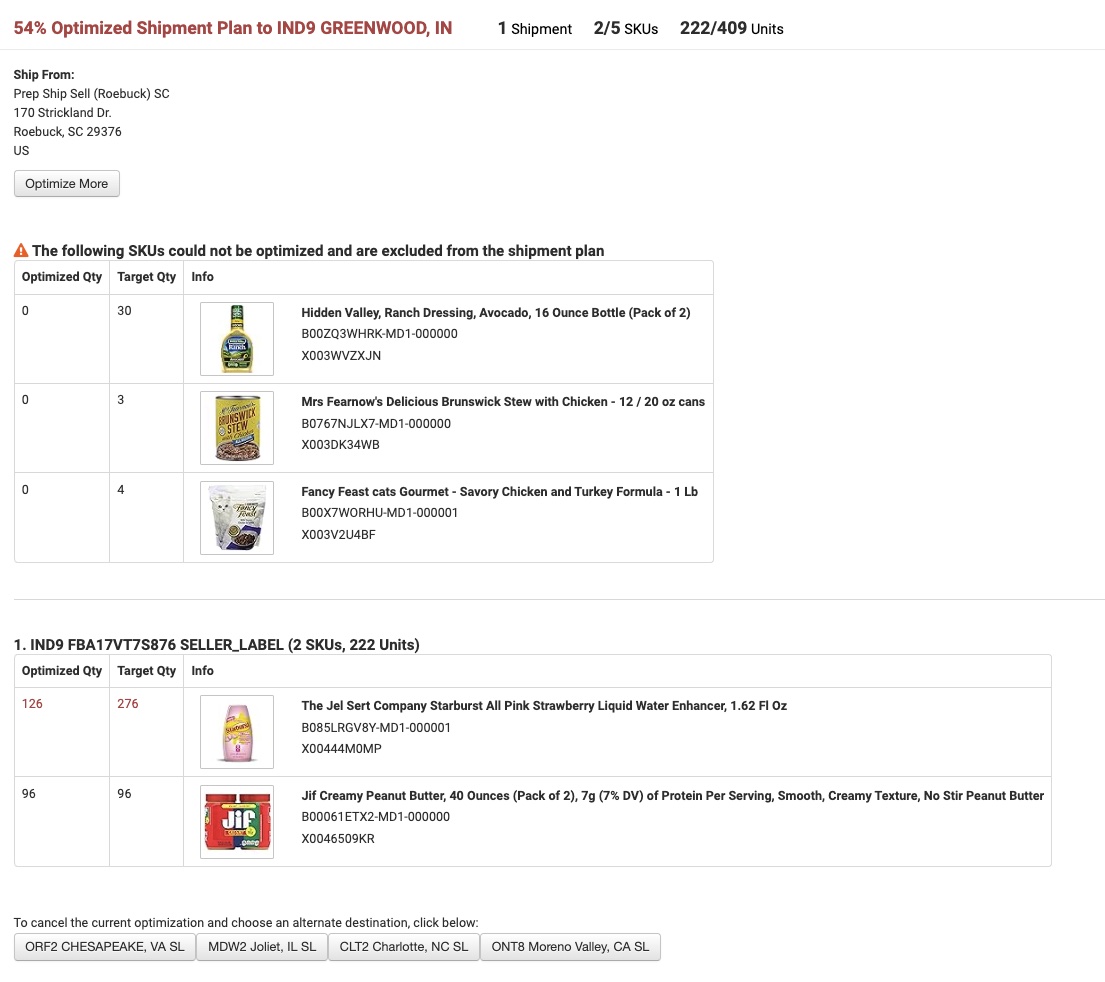
If you click OK, the shipment will be created with the Optimized quantity of each of the SKUs listed under the shipment destination.
When SKU quantity cannot be optimized, either because the SKU is not returned in the shipment plan or is greater than the target qty, it will not be included in the shipment.
Optimize More
In some cases we can increase the optimized quantity when it is less than the target quantity and increase the optimization percent. When optimized units are less than the target quantity, clicking the Optimize More button will attempt to push more units to the destination.
Move Unoptimized SKUs to a New BatchWhen there are unoptimized SKUs and reminder quantity that cannot be shipped in the current plan, you may either

- Move Unoptimized SKUs and Remainder units to a New Batch OR
- Move All units of Unoptimized SKUs to a New Batch
Move / Copy
You can manually Move the unoptimized SKUs to a new batch, and attempt to optimize them for a single destination separately, by clicking the "Move Unoptimized SKUs to a New Batch" button. The new batch will appear at the top of your batch list.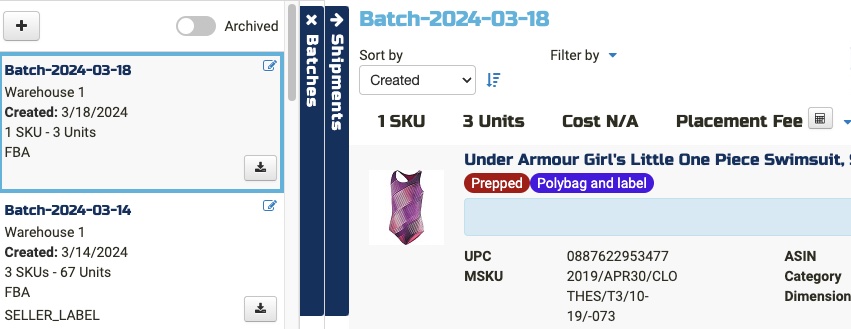
Optimizing batches is a process of:
- Identifying the mix of product types
- Sorting, filtering, and adjusting the batch contents
- Optimizing for a destination near you
Failed batch optimization
When ScanPower cannot optimize any of the SKUs, you will see 0% Optimized shipment preview dialog:

Sometimes when adjustments are made to the batch quantities, Amazon will return shipment FC destinations that differ from the original shipment plan. When this happens, alternate destination FCs will appear at the bottom of the dialog, allow you to optimize for that location with a single click. The dialog will close and the optimization will restart for the selected destination.

Regenerating a shipment plan
To regenerate a shipment plan after changing quantities or contents of the batch, hold down the Shift key and click Create Shipment / Regenerate Shipment Plan button. The new plan will clear the previously saved Optimizations.
Changing the ship-from location
You may select a different ship-from location for a batch by clicking the Edit wand and selecting the location from the drop-down menu: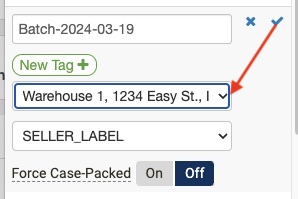
How to add add a new ship-from address location.
Experiment
There's no restriction on how many times you may optimize. Because Amazon determines the shipment FCs dynamically, the destinations may change throughout the day. If you separate oversize from standard size inventory you are more likely to be able to optimize for a destination. Keeping No label (commingled) items separate from Seller label items will also prevent additional shipment splits. Likewise, Hazmat and flammable items are better to filter and keep separate.
The optimizer is available as a $24/mo add-on to any ScanPower plan here: https://unity.scanpower.com/account/plans/
If you have questions about how best to optimize shipments in ScanPower please reach out to support or join one of our weekly Q&A zoom calls!
